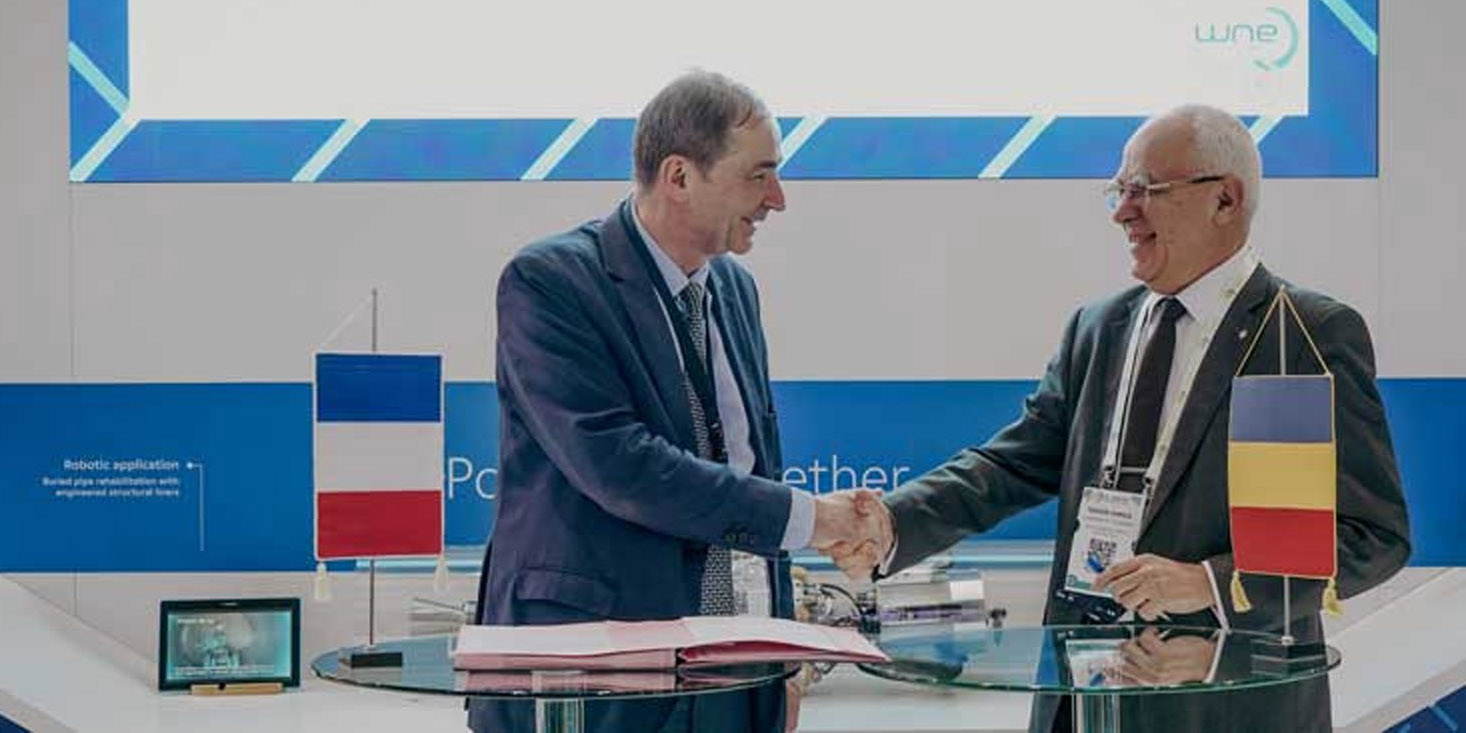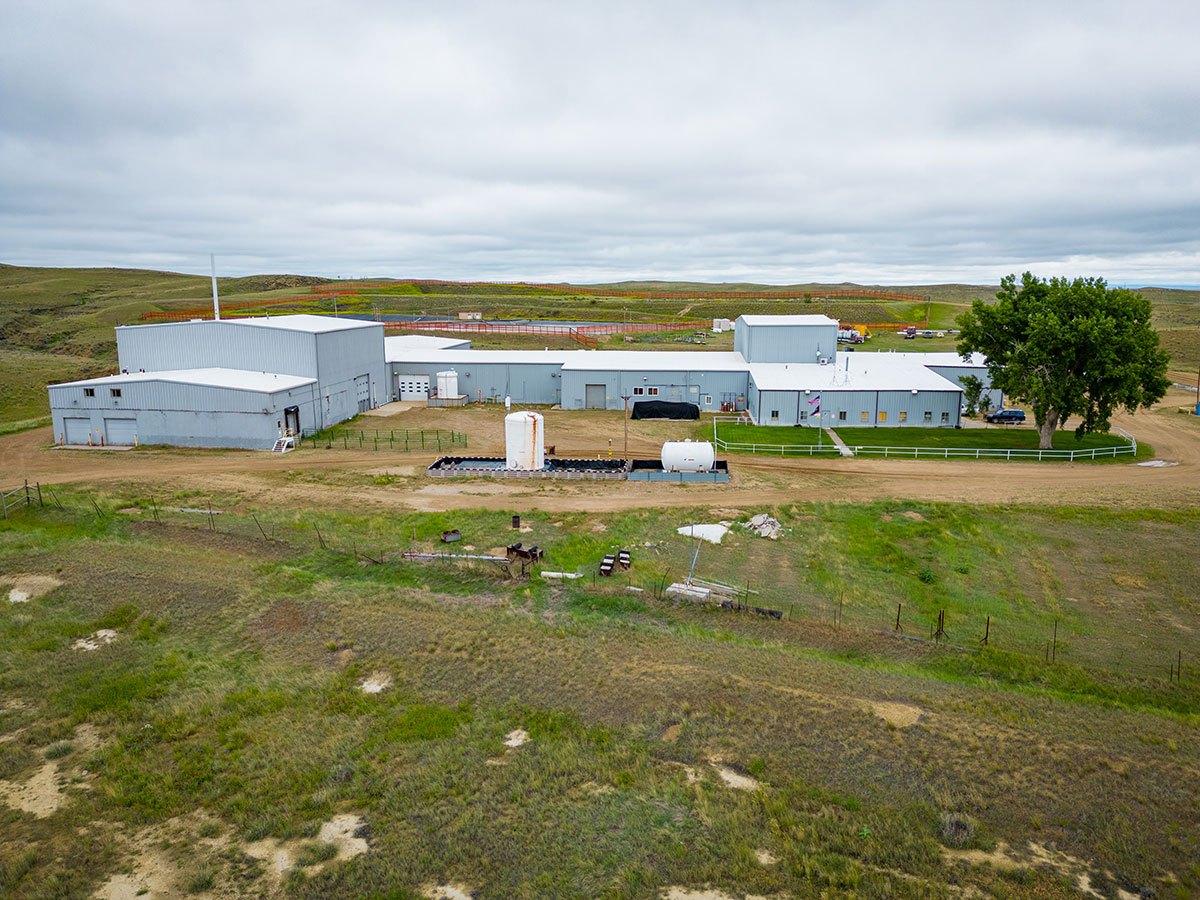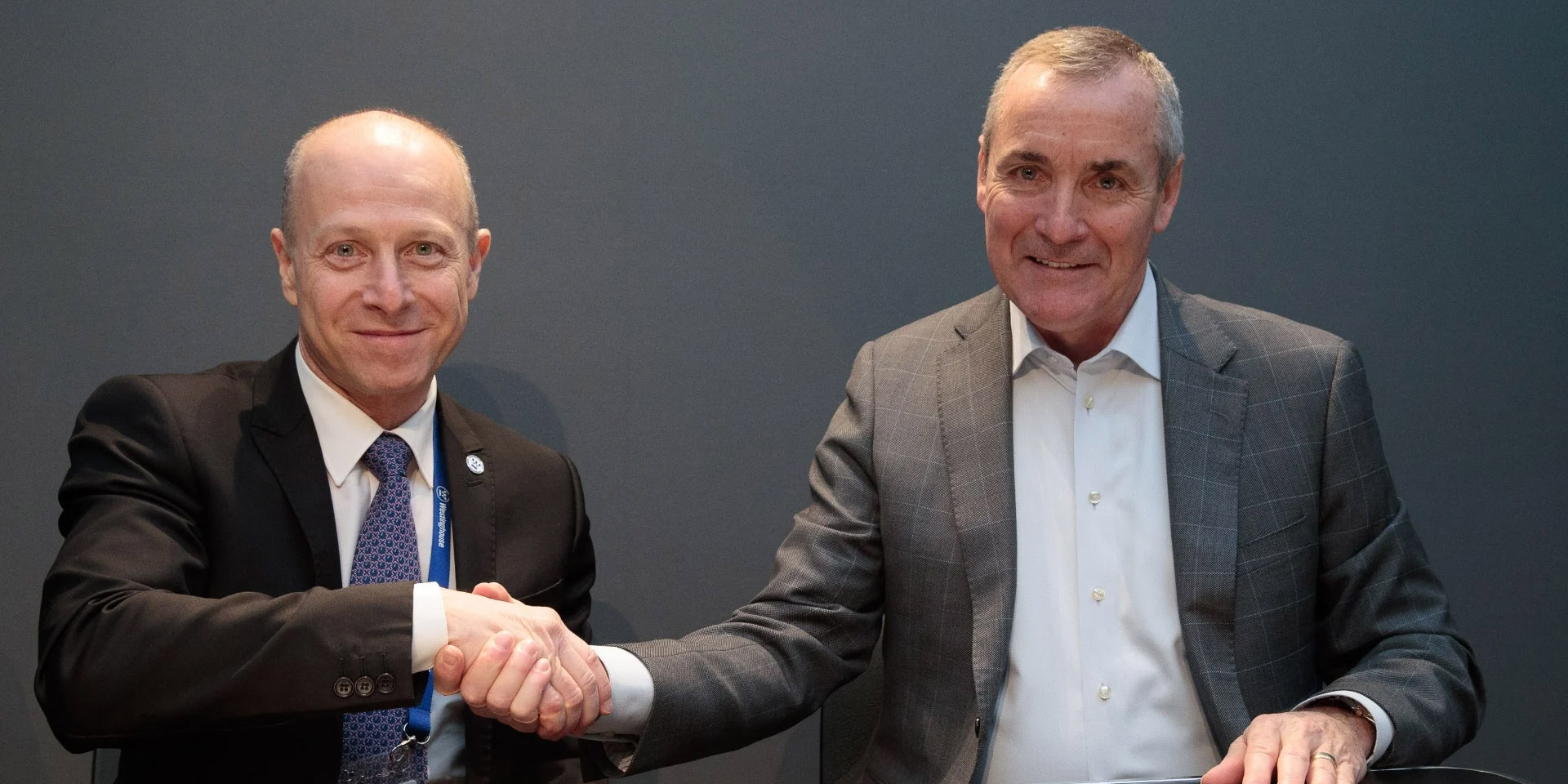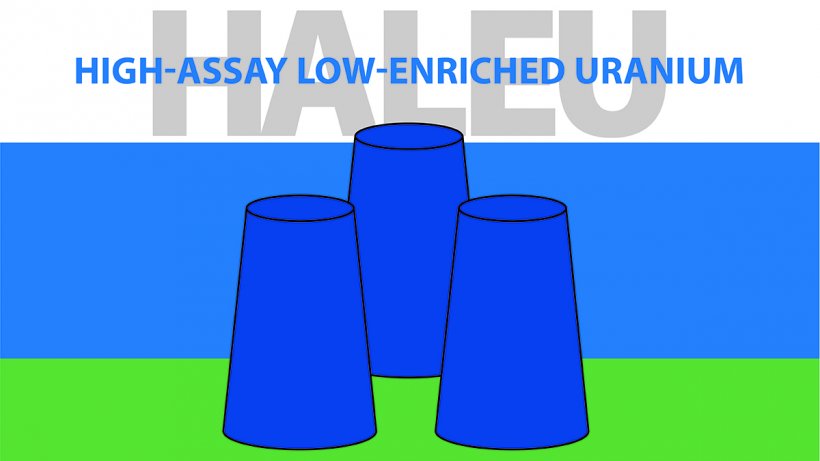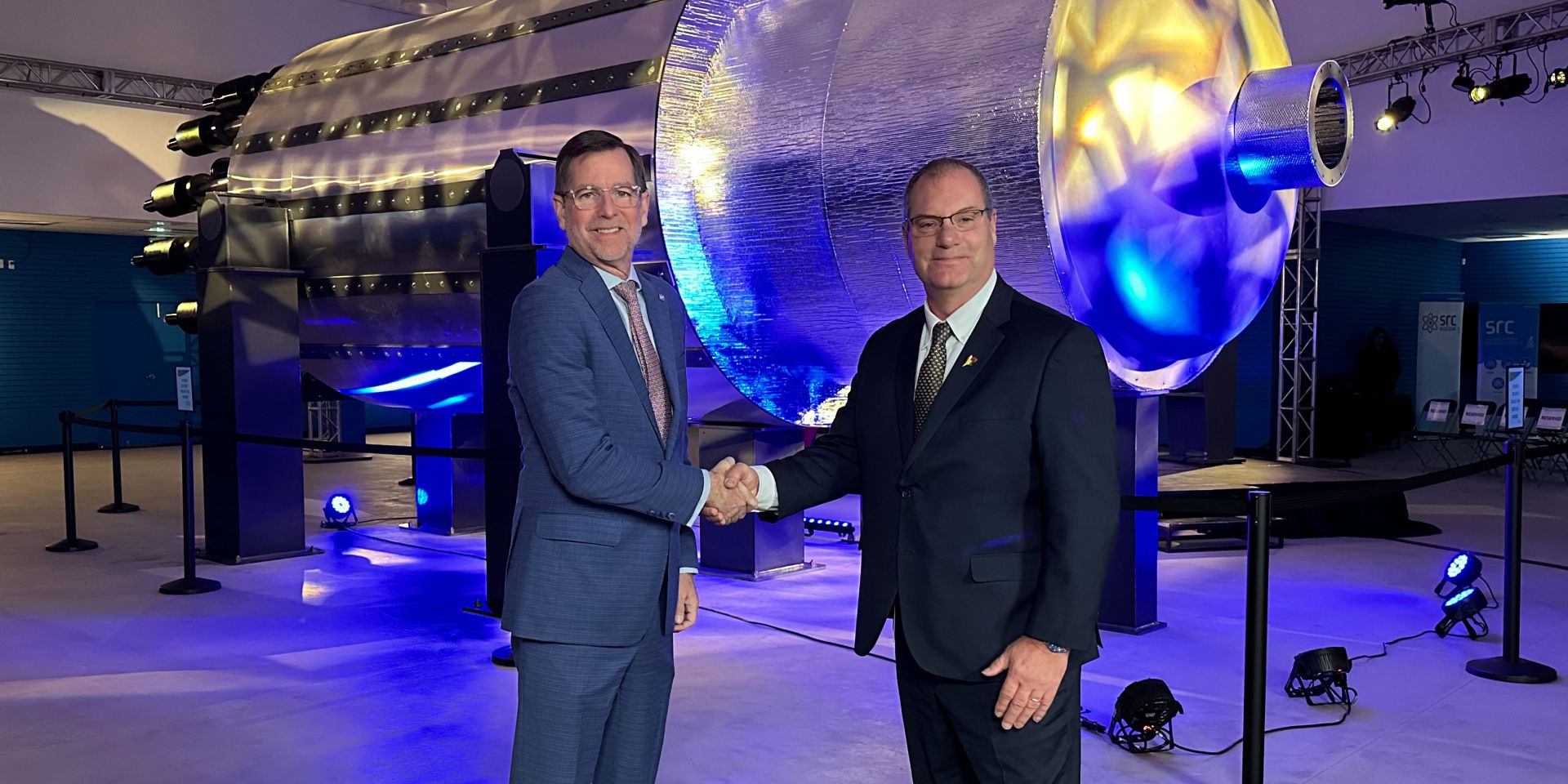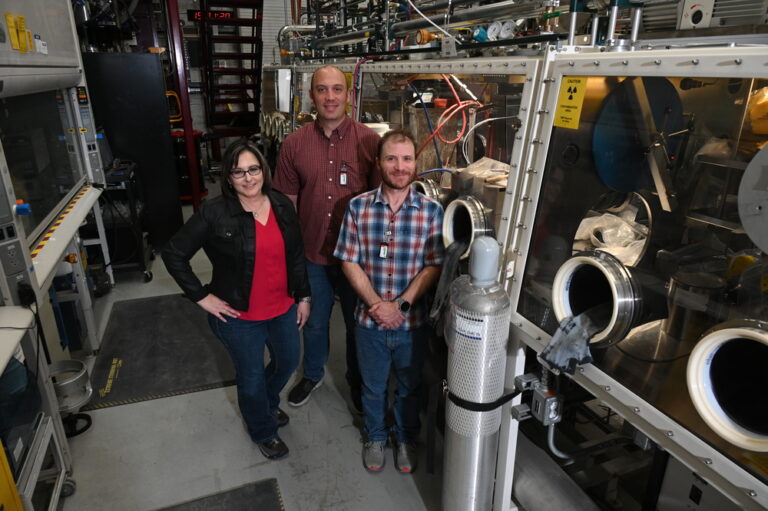Kassym-Jomart Tokayev, president of Kazakhstan (standing), looks on as the commercial uranium fuel supply contract between ENEC and Kazatomprom is signed. (Photo: Kazatomprom)
On the margins of the COP28 climate conference in Dubai, UAE, this week, Barakah nuclear plant owner Emirates Nuclear Energy Corporation (ENEC) signed its first commercial uranium fuel supply contract with Kazatomprom, in addition to memorandums of understanding with two U.S.-based advanced reactor developers—TerraPower and GE Hitachi Nuclear Energy (GEH).
The author on a walking tour of SONGS, with the reactor dome and dry cask storage in the background. (Photos by Amelia Tiemann)
Recently I had the opportunity to be the American Nuclear Society’s boots on the ground when I traveled to San Diego during Nuclear Science Week. I got to meet dozens of members of the nuclear community, tour the San Onofre Nuclear Generating Station, attend a screening of Oliver Stone’s Nuclear Now, and listen to a lively panel discussion about the importance of nuclear energy for solving climate change. It was a fun and illuminating experience, and I left with the impression that, excitingly, nuclear curiosity is on the rise.
A map of the potential reactor siting area (in green) at Eielson Air Force Base in Alaska provided during a pre-proposal conference in October 2022. (Graphic: Department of the Air Force)
Plans announced with fanfare sometimes falter in the face of competition or economics. Take NuScale Power’s plans for the Carbon Free Power Project in Idaho: The project was canceled in mid-November by NuScale and its first customer, Utah Associated Municipal Power Systems, after nearly a decade. The significance of that news depends on the observer. NuScale intends to focus on other sites and customers. Competitors may redouble efforts to tout their own designs and customer lists. Media found an opportunity to speculate about the future of advanced nuclear. And while many in the nuclear community believe the momentum in favor of new nuclear deployments is continuing—or even increasing as COP28 continues—others would caution against high hopes and point to the persistent obstacles of regulation, supply chain constraints, and financing costs.
Framatome CEO Bernard Fontana (left) and Teodor Chirica, Nuclearelectrica board president, shake hands following the signing of the Lu-177 MOU in Paris. (Photo: Framatome)
Framatome and Nuclearelectrica, operator of Romania’s Cernavoda nuclear power plant, announced the signing of a memorandum of understanding to explore the possibility of producing the medical isotope lutetium-177. The cooperative agreement was signed during the World Nuclear Exhibition 2023, held November 28–30 in Paris.
Joint efforts of Argonne and private industry further nuclear reactor developments
Partnerships between the nuclear industry and national laboratories are making overall codes more robust and capable. (Photo: Argonne)
The development of modern nuclear reactor technologies relies heavily on complex software codes and computer simulations to support the design, construction, and testing of physical hardware systems. These tools allow for rigorous testing of theory and thorough verification of design under various use or transient power scenarios.
Representatives of OPG and its partners announced new contracts at the World Nuclear Exhibition in Paris. (Photo: X/@urencoglobal)
At the World Nuclear Exhibition in Paris this week, Ontario Power Generation announced contracts with Canadian, French, and U.S. companies to ensure a fuel supply for the first of four GE Hitachi Nuclear Energy BWRX-300 small modular reactors planned for deployment at OPG’s Darlington nuclear power plant.
The Irigaray central processing plant, in Wyoming’s Powder River Basin. (Photo: Uranium Energy)
TerraPower and Uranium Energy announced today that they have signed a memorandum of understanding to “explore the potential supply of uranium” for TerraPower’s demonstration reactor in Kemmerer, Wyo.
Westinghouse’s Fragman (left) and OPG’s Ken Hartwick at the World Nuclear Exhibition in Paris. (Photo: Westinghouse)
Westinghouse Electric Company and Ontario Power Generation have signed a memorandum of understanding establishing a framework to identify potential areas of cooperation for the deployment of nuclear technologies in Canada, the companies jointly announced this morning. (While based in Cranberry Township, Pa., Westinghouse is owned by Canadian firms Brookfield Asset Management and Cameco.)
Savannah River Nuclear Solution’s supply chain management team discusses upcoming process changes during its first staff augmentation summit. (Photo: SRNS)
Savannah River Nuclear Solutions’ Supply Chain Management (SCM) team recently hosted its first staff augmentation summit to strengthen relationships with 25 staffing firms and provide upcoming process changes for fiscal year 2024.
eVinci Technologies president Jon Ball (left) and SRC president and CEO Mike Crabtree in front of a scale mock-up of an eVinci microreactor at SRC. (Photo: Westinghouse)
Saskatchewan premier Scott Moe yesterday announced C$80 million (about $59 million) for the Saskatchewan Research Council (SRC) to pursue demonstration of Westinghouse Electric Company’s eVinci microreactor technology.
The project team included (from left to right) Jennifer Watkins, Seth Ashby, and Adrian Wagner. (Photo: INL)
Researchers at Idaho National Laboratory in early 2023 manufactured commercial-grade high-assay low-enriched uranium (HALEU) fuel pellets to the specifications of a General Electric accident tolerant fuel design, INL announced November 21. A team working at INL’s Experimental Fuels Facility at the Material and Fuels Complex fabricated about two dozen uranium dioxide pellets using HALEU enriched up to 15 percent U-235.


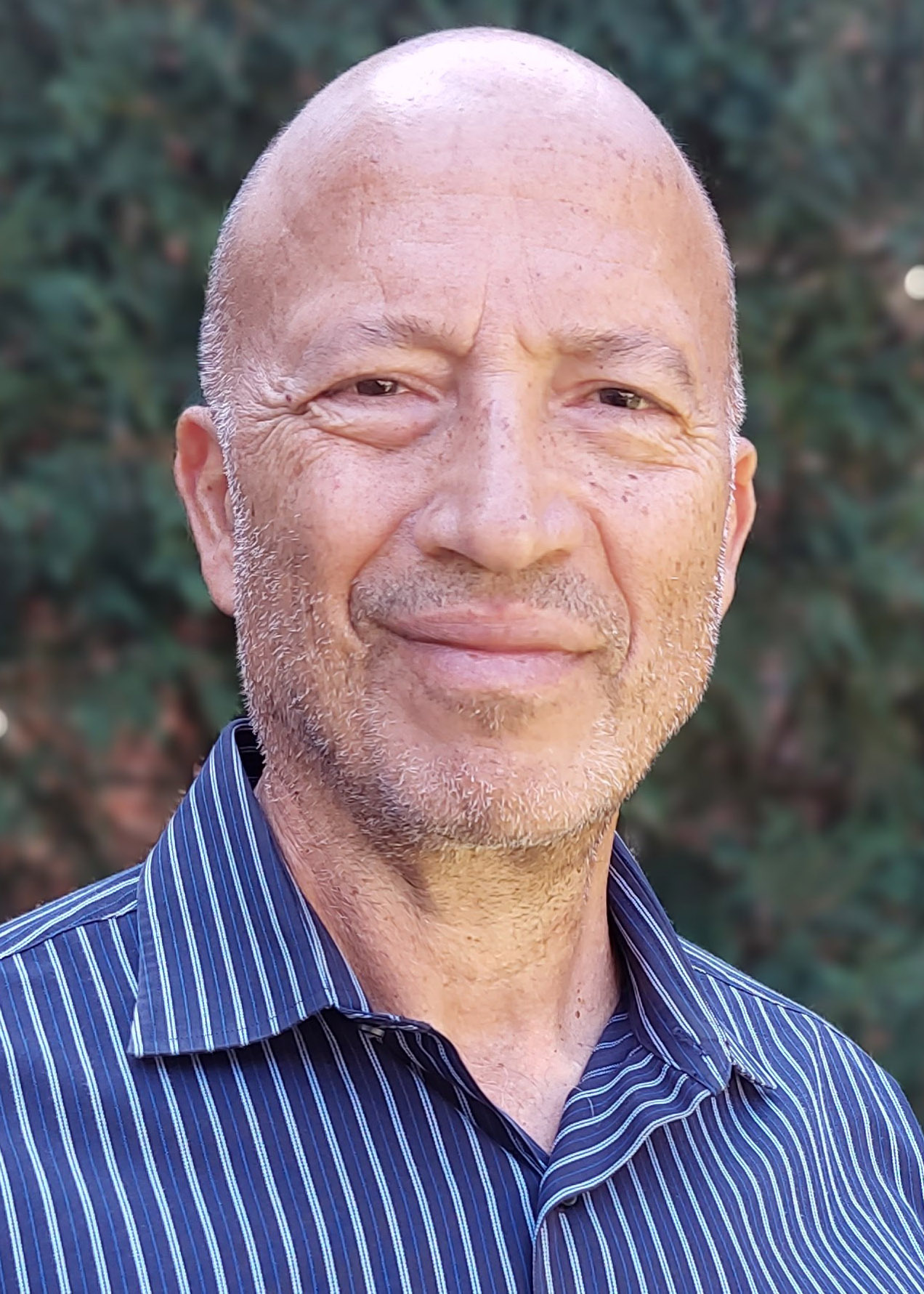

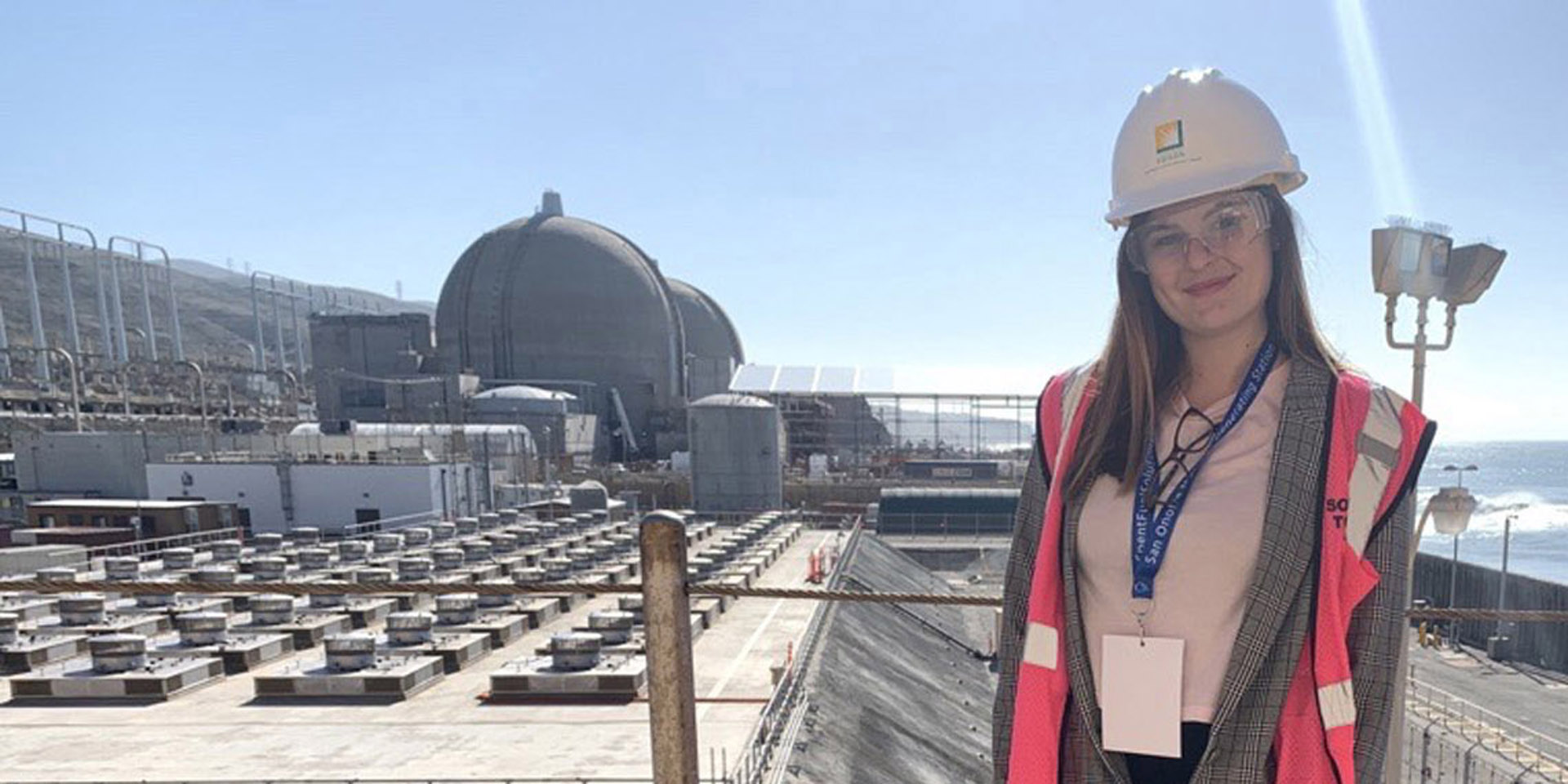
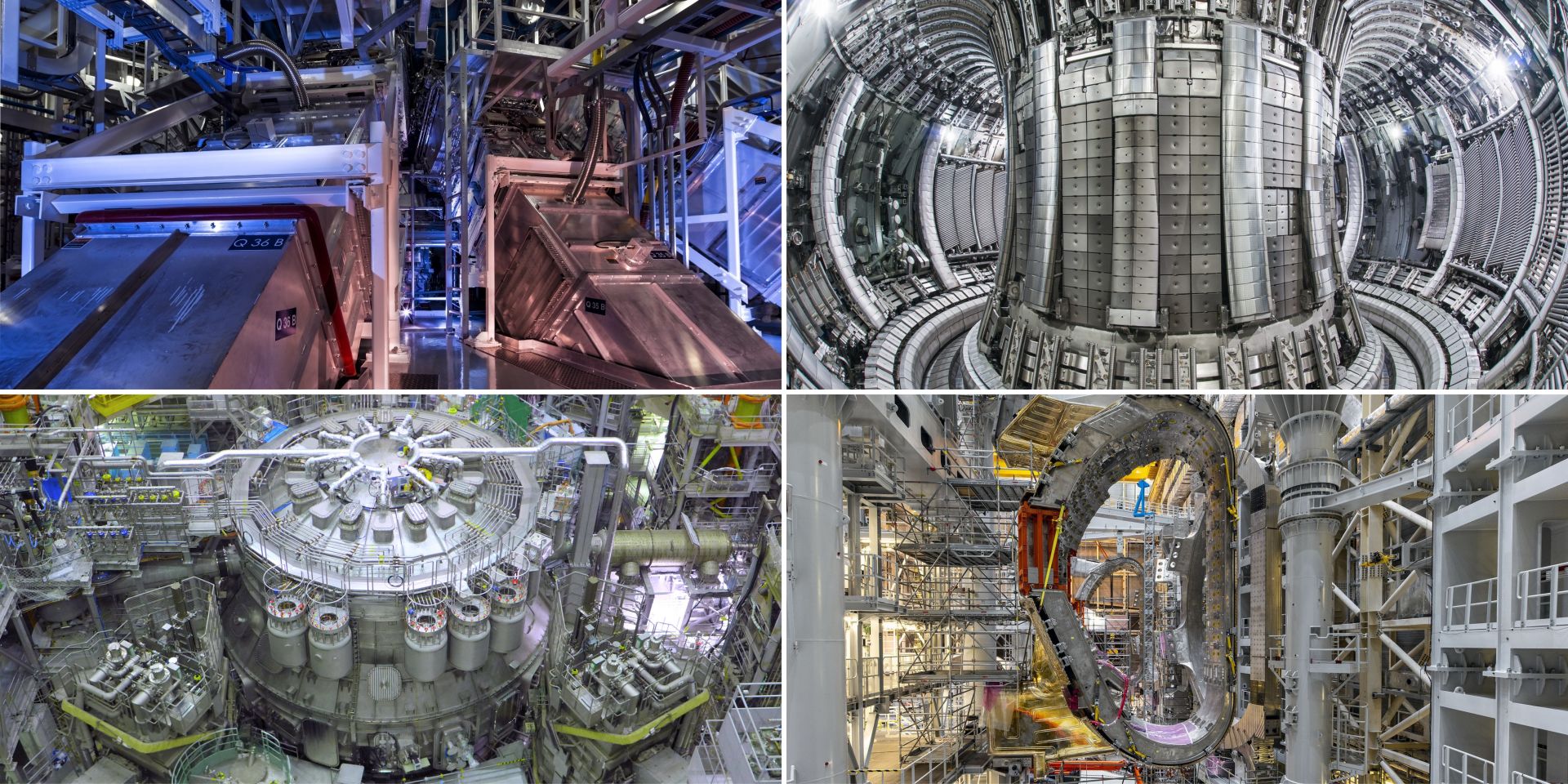
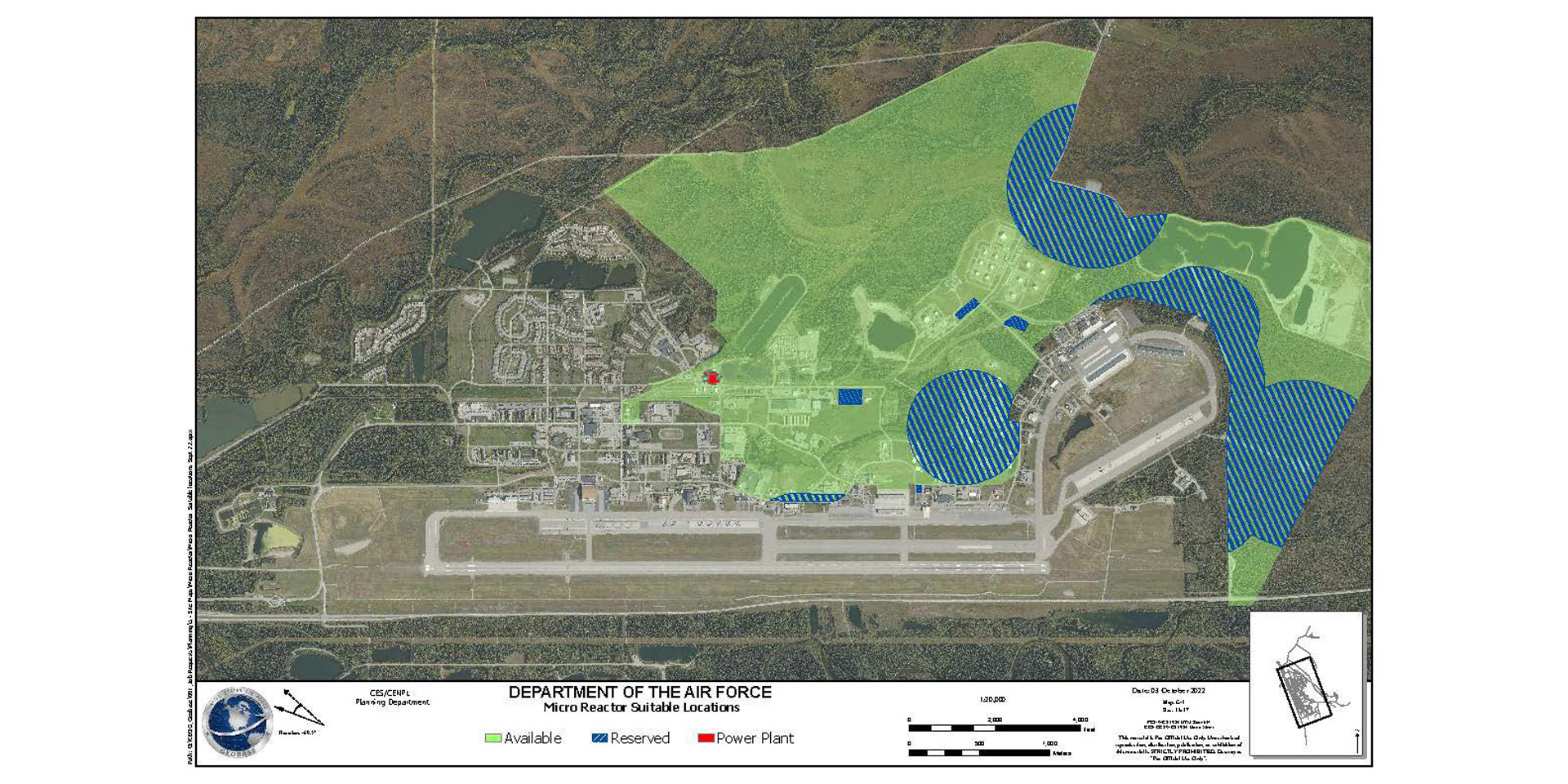
 Almost two-thirds of 14- to 18-year-olds in the United Kingdom would consider a career in nuclear if they knew more about it, according to a new report,
Almost two-thirds of 14- to 18-year-olds in the United Kingdom would consider a career in nuclear if they knew more about it, according to a new report, 
